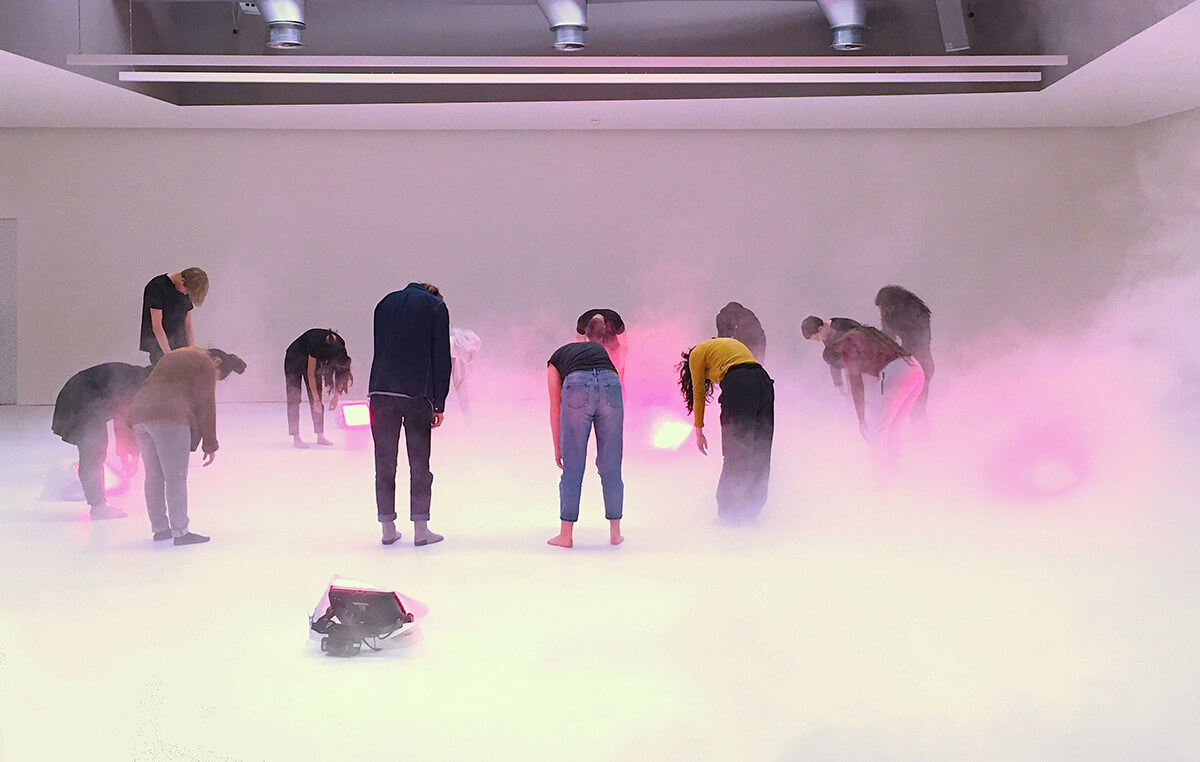
A scene from the performance piece ‘Alone Together’ at the Whitechapel Gallery with artist Seth Pimlott
As the world’s leading contemporary art galleries come together for this year’s Frieze London in Regent’s Park, Iwona Blazwick, director of Whitechapel Gallery, discusses the challenges and successes of working to enrich communities through outreach programmes
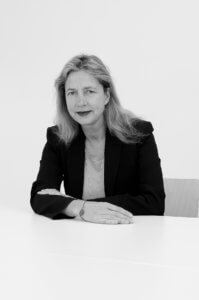
Iwona Blazwick
What is the ultimate objective of a public learning programme? For anybody who’s struggled to find recognition, has a difficult home life or doesn’t see what prospects there are for them, art holds the key. Perhaps this kind of experience might help somebody realise they’re an artist, but I don’t think it has to limit itself to that. We’ve had programme alumni go on to do everything from forensics to fashion design, psychology to filmmaking.
Follow LUX on Instagram: the.official.lux.magazine
I think the real asset of a good youth programme is that it can teach transferrable skills that take you in different directions. By encouraging participation and decision-making, we hope to bridge social, cultural and religious differences and instil some sort of epiphany in people that will help them for the rest of their lives, whether in a professional capacity, or as members of different communities. However, I don’t want to instrumentalise art. I also believe that it should be free to not do any of the above! But that very freedom too, I hope, can be found in our programmes.
In recent years there has been a shift from traditional media such as painting and sculpture towards moving-image work, performance and of course social media and digital. And yet, at the same time, artists working in the digital realms are also being drawn to ceramics and other tactile ways of making art. As a medium-sized institution, we can be quite nimble and offer a wide portfolio of activities to reflect this interdisciplinary time. For example, when we hosted Thick Time, our exhibition of work by the great South African artist William Kentridge, members of our youth forum, Duchamp & Sons, collaborated with the English National Opera, and our youth participants very unselfconsciously made extraordinary costumes, animations and even worked on a libretto.
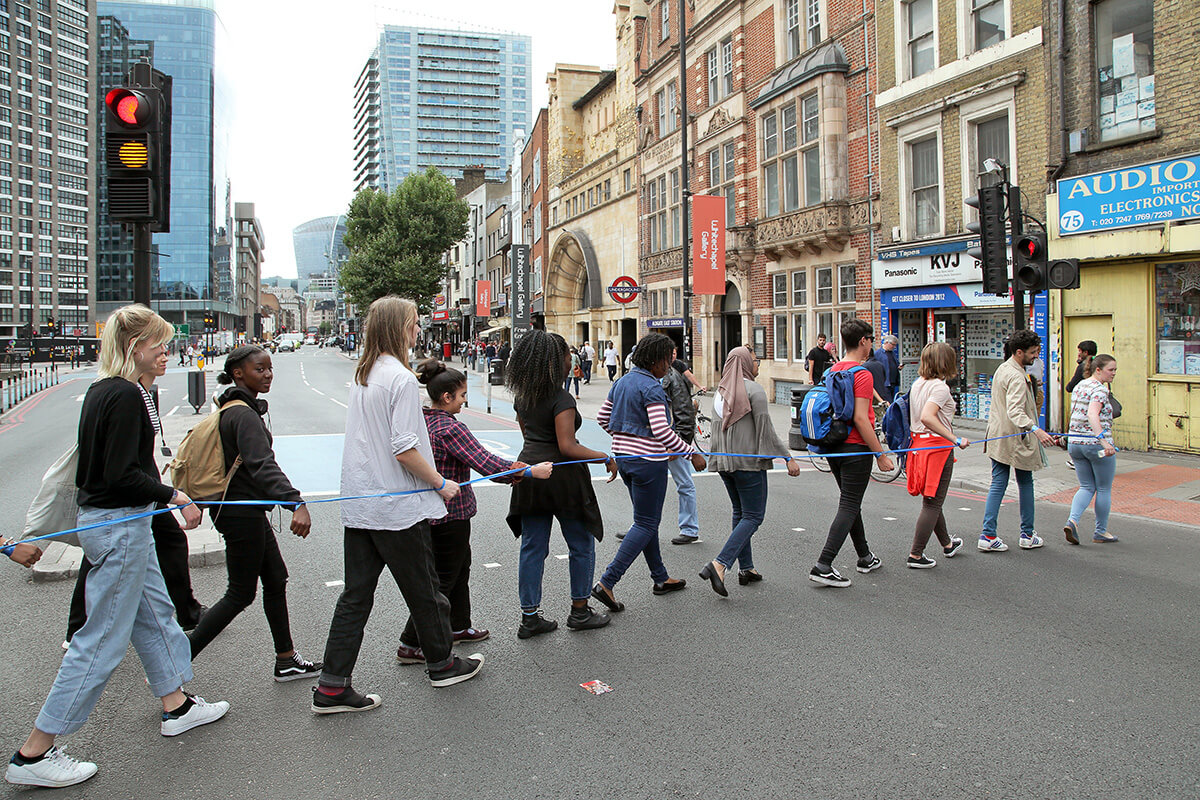
A live street-art performance curated by artist Justyna Fedec
However, perhaps the bigger philosophical issue is: are we teaching people, or do we have something to learn from them? I believe our strength lies in reciprocity. Situated in East London as we are, we are uniquely placed to access rich and culturally diverse communities, and have one of the youngest populations of any borough of London. So many artists and creatives live in the area, and it is incredibly cosmopolitan, which gives everything a tremendous energy.
Read more: 5 travel experiences that will change your life
One challenge (and success) has been the fact that some communities here are fairly inward-looking, and are not engaging with the gallery. Perhaps this is because they are first-generation immigrants, or because they haven’t felt confident speaking English, or because of different religious backgrounds. To create a dialogue, it was important to recognise that each party had something to bring to the table. For example, in 2015, we launched a project in Stepney Green called Art Already Made: Skills Exchange and worked with a group of Bengali and Somalian women. For various cultural reasons, they had been a little bit isolated, and this project sought to recognise the tremendous skill sets they had and create an exchange of skills between the women and artist Rebecca Davies, ranging from engraving and bookbinding to embroidery and illustration. Having worked with them in a community centre, the next step was: how do we persuade them to come here, to the Whitechapel Gallery? That was the ultimate goal. And they did come, and they brought their families, and that was a great victory in that sense, to have convinced them to cross the threshold, to build up their confidence and work to keep them coming back and maintain that relationship.
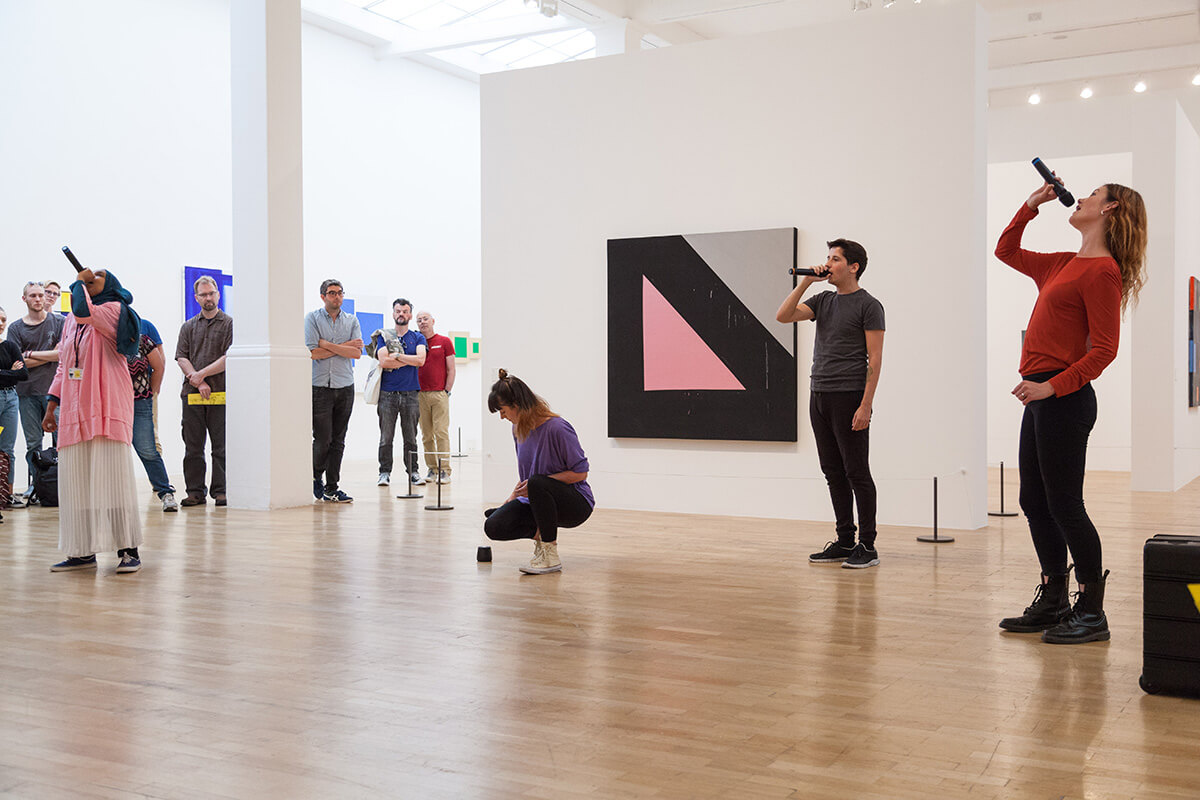
A Duchamp & Sons performance in collaboration with artist Ian Giles
Another example would be our efforts to counteract the gang culture that is sadly on the rise in East London. For a lot of youth, the issue is that there is nowhere to go that you don’t have to spend money. In our latest programme, we worked with artist Seth Pimlott, who ran yoga sessions and performance workshops, ultimately culminating in the performance piece Alone Together, all about physical release. To provide somewhere to go and something to do, hopefully it can help children who would otherwise end up in a spiral of violence. Working across so many communities, of course, one has to bear in mind various cultural sensitivities, but having said that, we would never tolerate someone being intolerant. If somebody was critical because of somebody else’s sexuality or whatever, that’s something that I think one would confront. What we hope is that through their networks the kids who are exposed to our programmes will reach out to those kids who aren’t – those kids who do feel much more alienated or hermetic.
Ultimately, in any programme, what’s most important is to share. All of our initiatives serve as case studies. The reasons why entities such as the Swarovski Foundation, and the Stavros Niarchos Foundation before them, support our programmes is they want to learn from them. We’re moving into a post-industrial economy and have a generation facing changes and job shortages because of automation. Industry is changing, which is good, but it’s also a scary prospect and if you haven’t got the education and the confidence to deal with that, you are going to be lost.
Learn more about the Whitechapel Gallery and the gallery’s upcoming exhibitions: whitechapelgallery.org

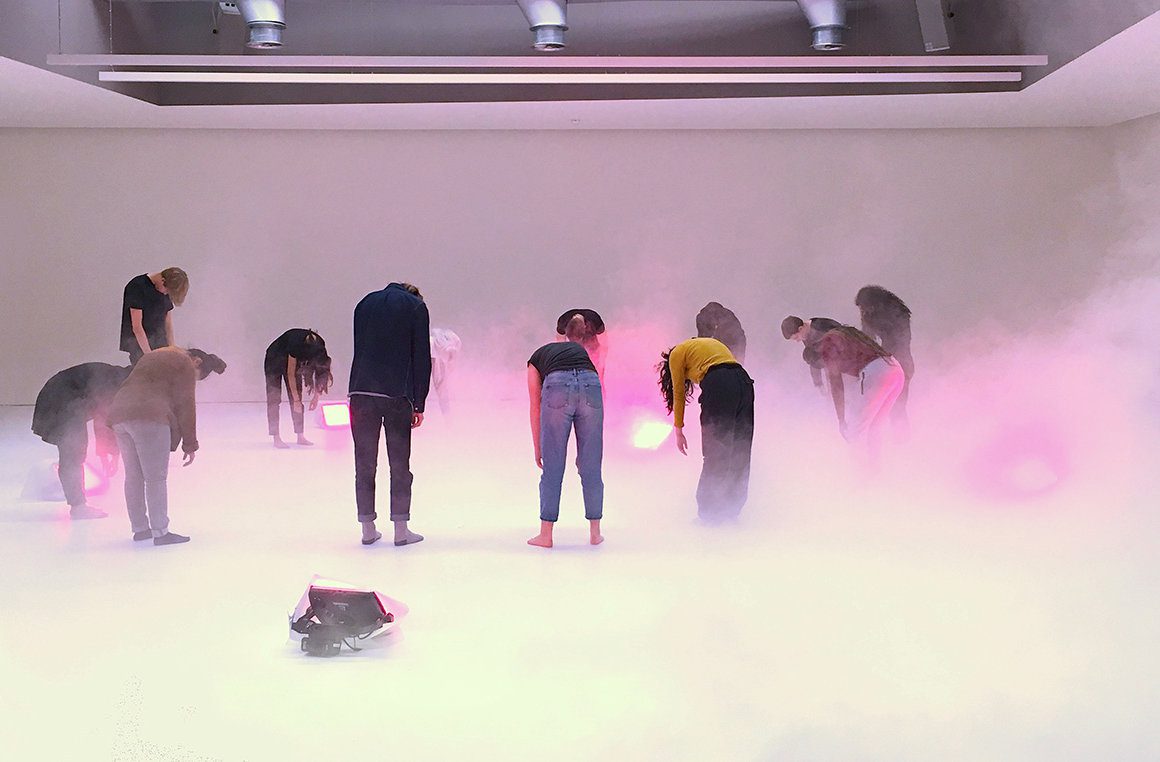





Recent Comments